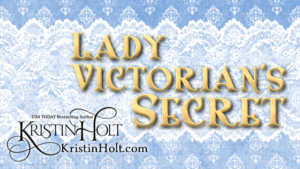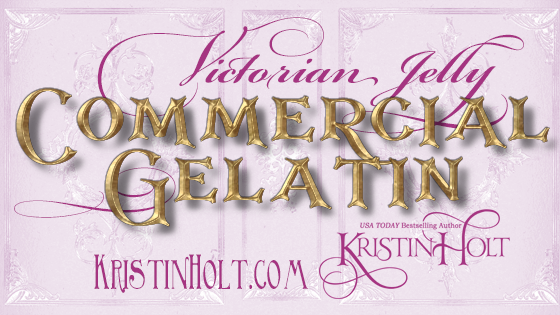
by Kristin Holt | May 28, 2022 | Articles
Credit goes to a Victorian-era inventor for out-of-a-box gelatin. What an amazing labor-saving invention! Until now, wives and daughters everywhere had been making gelatin out of pigs feet and a good deal of elbow grease.
How did nineteenth century scientists manage to capture the essence of gelatin and put it in a box? And how much did it cost?
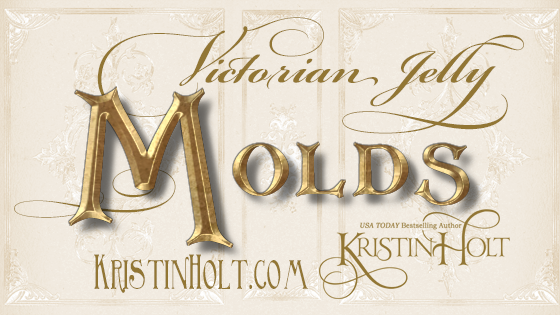
by Kristin Holt | Jun 19, 2021 | Articles
Fancy jellies graced 19th century tables, molded in dishes made of tin, zinc, copper, and various ceramics. Photographs of antiques, together with vintage advertisements, illustrate this Victorian kitchen staple.
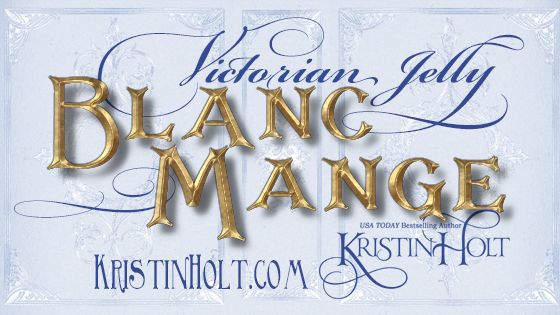
by Kristin Holt | Apr 23, 2021 | Articles
Blanc Mange (blancmange) was a favorite throughout the nineteenth century, in the UK and in the States. Victorians thickened this favorite gelled dessert with a wide variety of articles, old and new. Vintage recipes gathered from era cook books and newspapers, along with newspaper advertisements, show the wide range of blanc manges in Victorian dining.
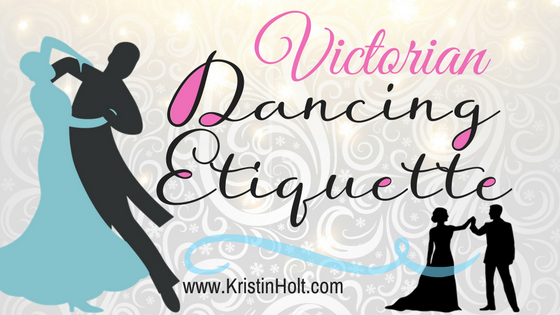
by Kristin Holt | Mar 9, 2017 | Articles
Etiquette governing balls and dances in the American Victorian era seems stuffy, old-fashioned, and strict to 21st century Americans. Every rule of decorum ensured good manners were in play, but most importantly, the moral purity and innocence of young women and young men were maintained. Etiquette governed everything from how a man asked a woman for a dance to how he could properly hold her hand while dancing, to how many dances that pair could have in one evening. This article contains the specifics propriety demanded, and the vintage sources where they may be found. Leap year turned some of the lady’s restrictions upon the men; see the true-to-history newspaper article from 1888 that starred in Sophia’s Leap-Year Courtship.
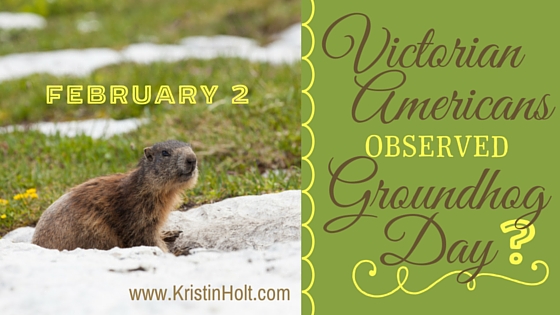
by Kristin Holt | Feb 2, 2017 | Articles
When did Americans begin celebrating the Punxsutawney Phil, acknowledging the groundhog’s emergence from its den…and whether or not it saw its shadow? Is this a new observation, or an old? We know Victorians celebrated a wide variety of holidays we still acknowledge, and some we don’t. Did the Victorians’ superstitions embrace the Groundhog and his Shadow? Come see!







